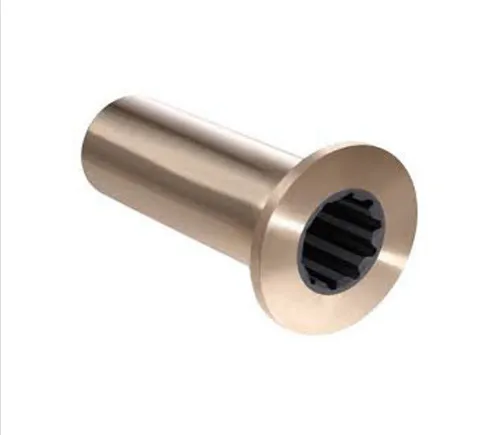e rickshaw oil seal
Understanding the Importance of Oil Seals in E-Rickshaws
In recent years, e-rickshaws have become an integral part of urban transportation, especially in densely populated cities. These electric vehicles offer a cost-effective and eco-friendly alternative to traditional auto-rickshaws and taxis. However, like all vehicles, e-rickshaws require maintenance to ensure optimal performance and longevity. One crucial component that often goes unnoticed is the oil seal, also known as an oil sealing ring. In this article, we will explore the significance, function, and maintenance of oil seals in e-rickshaws, and how they contribute to the overall efficiency of these vehicles.
What is an Oil Seal?
An oil seal is a circular sealing device that sits between two parts, typically where rotating parts meet stationary components. In e-rickshaws, oil seals are commonly used in the wheel hubs, motor assemblies, and gearboxes. Their primary role is to prevent lubricant leakage while keeping contaminants such as dirt, dust, and moisture out of critical mechanical components.
The Importance of Oil Seals in E-Rickshaws
1. Lubrication Maintenance E-rickshaws rely heavily on lubricants to reduce friction between moving parts. Oil seals ensure that these vital fluids remain contained within their designated areas, which helps maintain optimal lubrication and prevents overheating and wear.
2. Enhanced Durability By preventing the ingress of dirt and water, oil seals protect the sensitive internal components from damage. This extends the lifespan of mechanical parts, reducing the frequency and overall cost of maintenance.
3. Cost Efficiency Using oil seals effectively minimizes lubricant waste, reducing costs associated with frequent oil changes and maintenance. E-rickshaw operators can save money in the long run by investing in quality oil seals.
4. Safety Assurance A leaking oil seal can lead to significant mechanical failure, which poses safety risks for drivers and passengers. Regular checks and maintenance of oil seals can prevent accidents caused by sudden breakdowns.
e rickshaw oil seal

Ensuring Proper Maintenance of Oil Seals
To maximize the lifespan and effectiveness of oil seals in an e-rickshaw, regular maintenance is crucial. Here are some practical tips
- Regular Inspections Conduct routine inspections of the oil seals for signs of wear, cracking, or deformation. Early detection can prevent minor issues from escalating into significant problems.
- Proper Installation Ensure that oil seals are installed correctly. Improper installation can lead to premature failure and leaks. If unsure, it’s advisable to consult a professional mechanic.
- Use Quality Seals Invest in high-quality oil seals that are designed specifically for e-rickshaws. Genuine parts offer better longevity and reliability compared to generic alternatives.
- Check Lubricant Levels Regularly check and top up lubricant levels as needed. Low lubricant levels can strain oil seals, leading to premature failure.
Conclusion
Oil seals are a small yet vital component of e-rickshaws that significantly contribute to the vehicle's efficiency, safety, and cost-effectiveness. By understanding their importance and implementing proper maintenance practices, e-rickshaw operators can ensure continuous and reliable service. As the demand for eco-friendly transportation continues to grow, so too does the need for these often-overlooked components. Prioritizing the maintenance of oil seals not only boosts the performance of e-rickshaws but also enhances the overall user experience, paving the way for a more sustainable future in urban transportation.
-
Simplifying Oil Changes: A Comprehensive Guide to Oil Drain Plugs and Their Variants
News Aug.04,2025
-
Mastering Oil Drain Maintenance: Solutions for Stripped, Worn, and Upgraded Oil Plugs
News Aug.04,2025
-
Fixing Oil Pan Plug Issues: Leaks, Stripped Nuts, and the Right Replacement Solutions
News Aug.04,2025
-
Everything You Need to Know About Oil Drain Plugs: Sizes, Fixes, and Upgrades
News Aug.04,2025
-
Choosing the Right Oil Drain Plug: A Guide to Sizes, Materials, and Drain Innovations
News Aug.04,2025
-
A Complete Guide to Automotive Drain Plugs: Types, Problems, and Innovative Solutions
News Aug.04,2025
-
The Ultimate Guide to Car Repair Kits: Tools and Essentials Every Driver Should Own
News Aug.01,2025
Products categories















